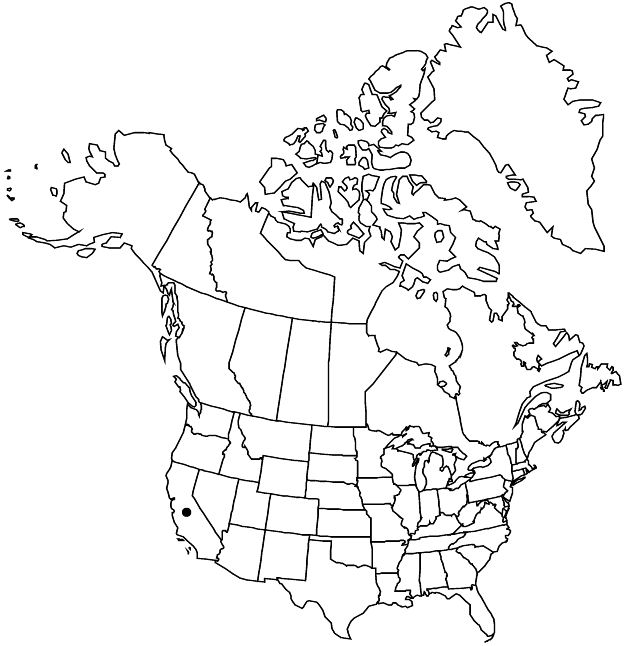Difference between revisions of "Ceanothus crassifolius var. crassifolius"
imported>Volume Importer |
imported>Volume Importer |
||
| Line 42: | Line 42: | ||
|publication year= | |publication year= | ||
|special status= | |special status= | ||
| − | |source xml=https:// | + | |source xml=https://bitbucket.org/aafc-mbb/fna-data-curation/src/2e0870ddd59836b60bcf96646a41e87ea5a5943a/coarse_grained_fna_xml/V12/V12_720.xml |
|genus=Ceanothus | |genus=Ceanothus | ||
|subgenus=Ceanothus subg. Cerastes | |subgenus=Ceanothus subg. Cerastes | ||
Latest revision as of 19:17, 5 November 2020
Leaf blades 13–25(–30) × 9–15 mm, margins denticulate, revolute, abaxial surface densely tomentulose, veins obscured. Capsules 5–7 mm wide.
Phenology: Flowering Jan–Apr.
Habitat: Ridges, slopes, chaparral.
Elevation: 200–1300 m.
Distribution

Calif., Mexico (Baja California).
Discussion
Variety crassifolius occurs on coastal slopes of the Transverse Ranges in Los Angeles and San Bernardino counties, the outer Peninsular Ranges, and northern Baja California. Some specimens in the Transverse Ranges suggest intergradation with var. planus. Putative hybrids between var. crassifolius and Ceanothus ophiochilus have been reported (S. Boyd et al. 1991).
Selected References
None.
Lower Taxa
None.